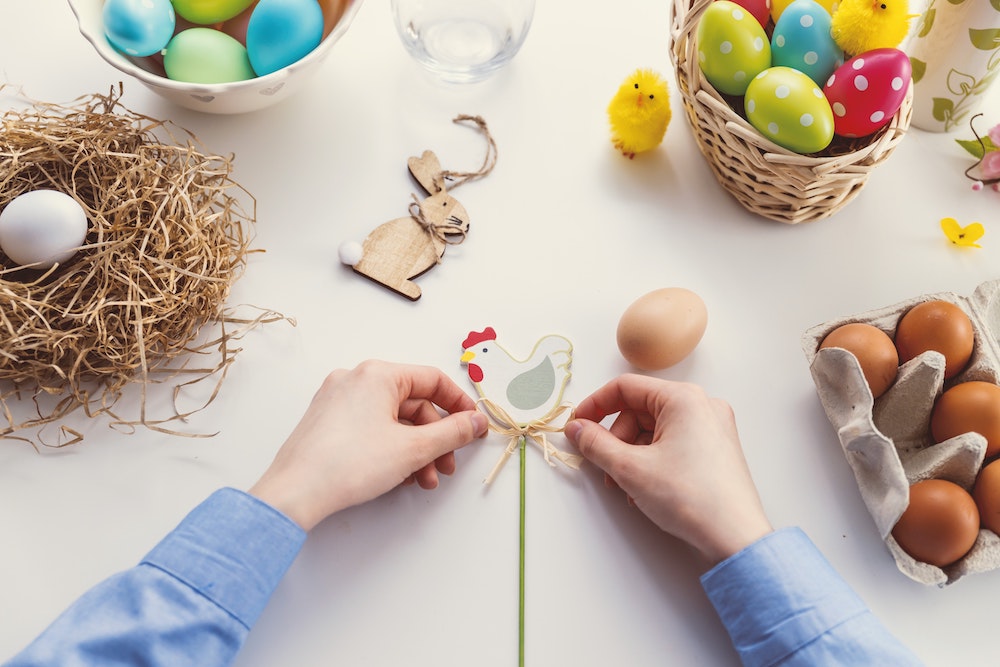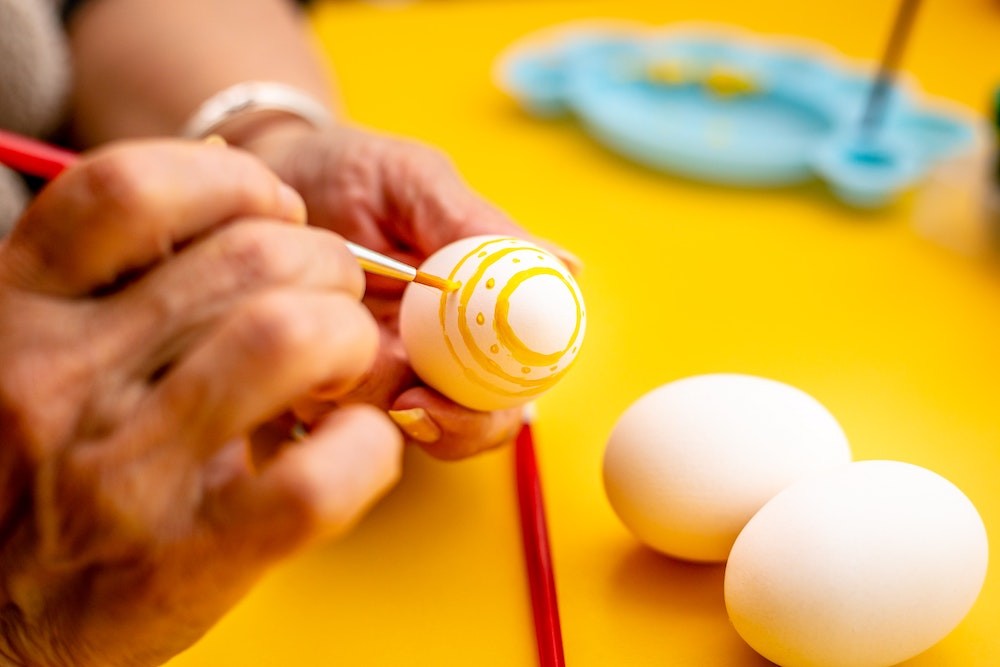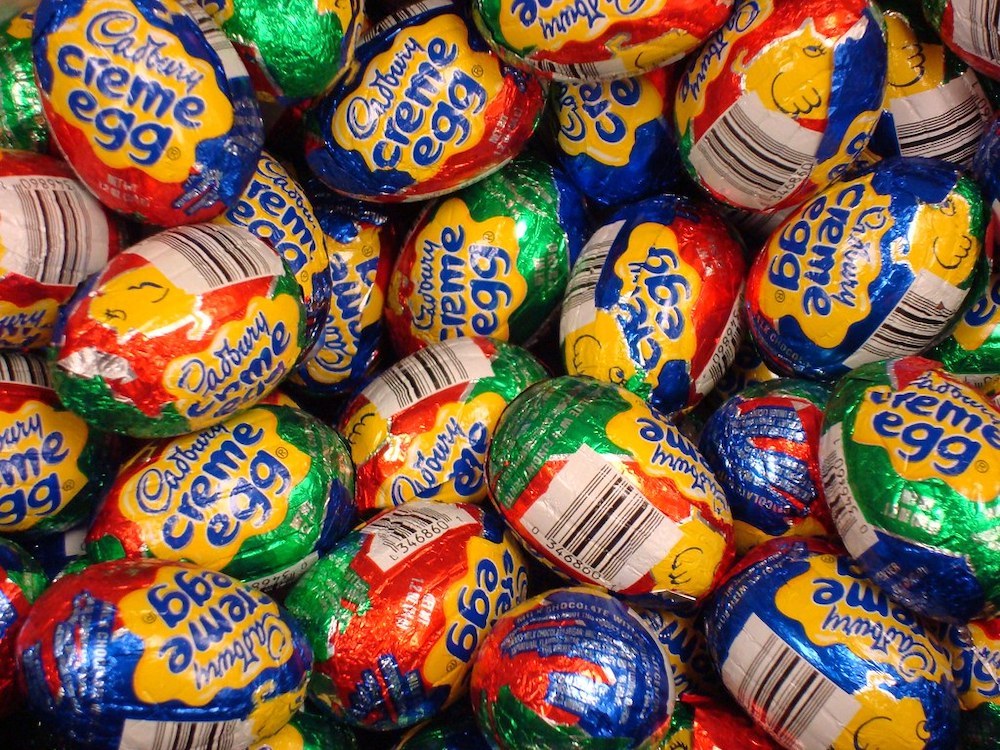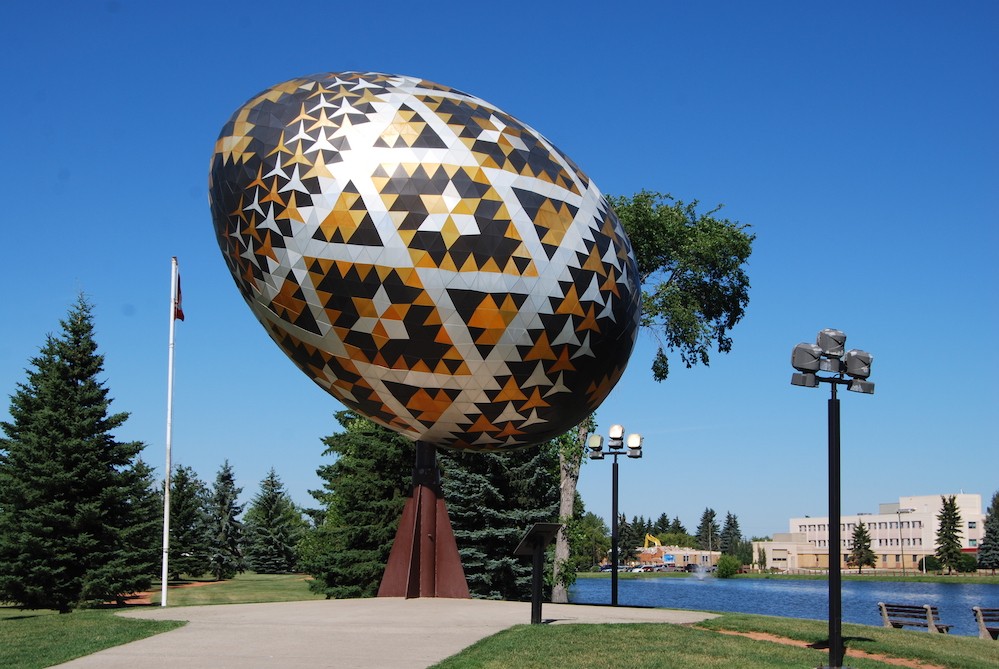It’s a chicken and egg situation. Interesting FAQs about Easter.
9th April 2020
Easter is one of the world’s most celebrated holidays. It is also the day on which the resurrection of Jesus is said to have taken place, on the 3rd day after his crucifixion. The date of the celebration changes from year to year. Easter always falls on the first Sunday, after the first full moon, following the March 21st spring equinox. In 2023 Easter will be celebrated on March the 31st.

Where does the word Easter come from?
The word Easter is of uncertain origin. One theory comes with the tale of a monk known as the Venerable Bede. According to Bede the name was inspired by a pre-Christian goddess named Eostre, or Eostrae, who represents spring and fertility.
Another theory is that the English word Easter comes from an older German word for East, which comes from an even older Latin word for dawn. In spring, dawns mark the beginning of days that will outlast the nights, and those dawns erupt in the East.
Why does Easter Day change every year?
It’s down to the lunar calendar and the position of the moon. Easter is set to coincide with the first Sunday after the Paschal Full Moon, the first full moon after the vernal equinox when there are equal periods of light and darkness. Though the equinox’s exact date can vary yearly, the Church always recognizes the vernal equinox as March 21st. The coming of spring was often met with excitement, especially for those in northern latitudes. Spring symbolises the rebirth of plants and trees, as well as the birth of new life in the animal world. Given the symbolism of new life, it was only natural to celebrate the resurrection of Jesus at this time of the year.
The Easter Bunny and Easter eggs
Decorated eggs have been part of the Easter festival, at least since medieval times, giving the symbolism of new life. Just as Jesus rose from the tomb, the egg symbolises a new life emerging from the eggshell. Some Eastern European legends describe eggs turning red (a popular colour for Easter eggs) to have a connection with the events surrounding Jesus’ death and resurrection.

Eggs were formerly a forbidden food during the Lenten season, so people would paint and decorate them to mark the end of the period of reparation and fasting, and then eat them on Easter Sunday as a celebration.
We all know bunnies don’t lay eggs, right? So how did bunnies and eggs become inseparable at Easter? Hares and rabbits had a long association with spring seasonal rituals because of their amazing powers of fertility and rebirth. The concept of the Easter Bunny, and his passing out candies and eggs, reportedly originated in Germany in the middle ages whereby, in the German tradition, a rabbit called “Easter hare” was believed to lay a nest of colourful eggs for children who were good.
Finally, to get you excited for the Easter festivities, you may be taking part in (even during the lockdown); here is a list of fun and interesting Easter facts:

- In Birmingham, where the delicious Cadbury Creme Eggs are made, workers make 1.5 million Creme Eggs day; making the Creme Egg the most popular egg-shaped chocolate in the world.
- Cadbury’s make 500 million Creme Eggs every year. If you piled them on top of each other, it would be 10x higher than Mount Everest.
- The tallest chocolate Easter egg was made in Italy in April 2011, standing at 34 feet tall and weighing 7,200 kilograms. It was built out of chocolate and marshmallow and supported by an internal steel frame.

- In Scotland and certain parts of England and the United States, some people like to roll painted Easter eggs down hills for fun. In the United Kingdom, the tradition of rolling decorated eggs down grassy hills goes back hundreds of years and is known as “pace-egging”.
- The White House’s Easter tradition of the Easter Egg Roll first started in 1878 with President Rutherford B. Hayes.
- Approximately 700 million Peeps are sold throughout the Easter holiday in the United States, making them the most popular non-chocolate Easter treat.
- On April 1st, 2007, Florida, USA set the record for the largest Easter egg hunt. It was held at the Cypress Gardens Adventure Park and consisted of 501,000 Easter eggs, with an attendance of 9,753 children and parents.
- The tradition of painting eggs for Easter originated in Ukraine and is called pysanka. This traditional act of pysanka (“pih-sahn-kah”) is made by using wax and dyes, but this colourful custom didn’t take off until Ukrainian immigrants came to the U.S.
- In Sweden, on the Thursday or Saturday before Easter, children dress up as witches and go door-to-door in the hope of receiving chocolate and candy. The tradition is said to have come from the belief that witches would fly to Mount Blåkulla the Thursday before Easter.
- Pretzels are associated with Easter because the twists look like arms crossed in prayer. From the 1950s, it was tradition for Germans to eat a pretzel and a hard-boiled egg for dinner on Good Friday.
- The UK’s first chocolate egg was produced in Bristol in 1873 by the Fry family, who ran the largest chocolate factory in the world in the 19th
- It is illegal to dance in public on Good Friday in Germany. The ban was put in place out of respect for Christians, whom mourn the death of Jesus on Good Friday and Easter Sunday. In Germany, these days are considered to be holidays of silence.
- The world’s most expensive egg was sold at Christie’s in London for £9 million in 2007. The enamelled egg contains a multi-coloured cockerel which, at every hour, pops out of the egg and flaps his wings, before nodding his head three times.
What is Easter called around the world?
- Ostern in German
- Wielkanoc in Polish
- Pascua de Resurrección in Spanish
- Pasen in Dutch
- Pâques in French
- Pääsiäinen in Finish
- Páscha in Greek
- Pasqua in Italian
- Cásca in Irish Gaelic
- Lieldienas in Latvian
- Velykos in Lithuanian
- Paskah in Malay
- Paști in Romanian
- Paskha in Russian
- Aso Maliu in Samoan
- Veľká noc in Slovakian
- Velikonočni in Slovenian
- Påsk in Swedish
- Paskalya in Turkish
- Pasg in Welsh
- A ‘Chàisg in Scottish Gaelic
We wish you a wonderful Easter!
References:
https://theconversation.com/why-easter-is-called-easter-and-other-little-known-facts-about-the-holiday-75025
https://www.wintranslation.com/11-awesome-facts-about-easter-that-may-surprise-you/
